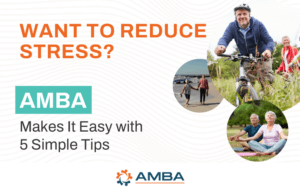About 60% of people who have had a stroke are left with the diminished use of a limb. The good news? Researchers believe that long-term disabilities can be minimized with prompt, intensive physical therapy.
A groundbreaking Johns Hopkins study spearheaded by Steven Zeiler, M.D., Ph.D. confirms what clinicians have been observing for decades: that the brain can be rewired so that healthy areas can assume functions previously handled by areas that have been damaged. For example, when the primary motor cortex is damaged, the medial premotor cortex can pick up the slack.
According to Zeiler, early and intense rehabilitation is the key, starting while the patient is still hospitalized. Hopefully soon, this will become standard practice. “As a medical community we need to push for immediate and intense change in rehabilitation,” he says.
Other steps you can take for stroke prevention or recovery include:
• Watch your blood pressure and cholesterol levels
• Eat a Mediterranean diet rich in olive oil, legumes, grains, fruits and veggies, low in cholesterol, salt and saturated fat
• Exercise moderately: walk or swim 30 – 60 minutes at least four days a week
• Maintain a weight that’s healthy for your body
Meanwhile, a stroke policy available through your association and AMBA can cover costs related to strokes that Medicare doesn’t, helping protect your life savings as well as your health.
There’s a lot to be encouraged about. As one recovering stroke patient says, “It’s just a stroke. It’s not the end of the world.”
SOURCE: https://www.hopkinsmedicine.org/health/conditions-and-diseases/stroke/new-hope-for-stroke-recovery




